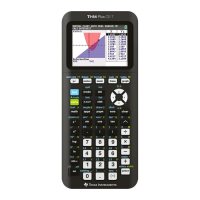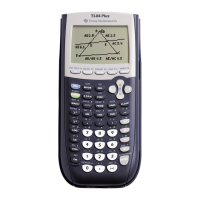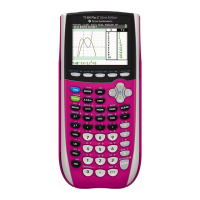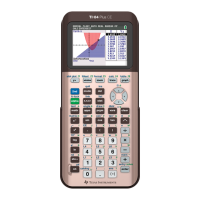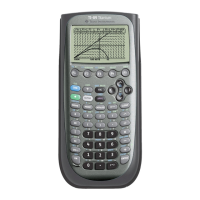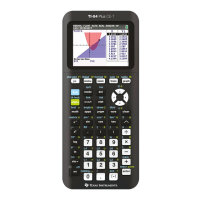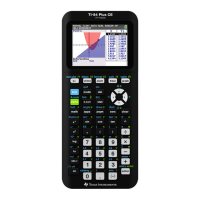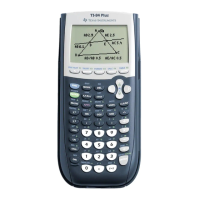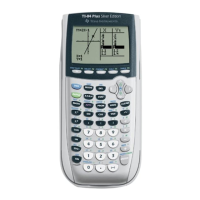Chapter 5: Linear Systems Section 1: Using Graphs & Tables
Topics in Algebra 1 © 2001, 2002 Texas Instruments Teacher Notes 5-9
Common Student Errors (continued)
•
After students have practiced using graphs and tables to solve a system of equations, they
may think that they can always find the exact solution for a system using these methods.
Although they can often find exact solutions using these methods, using algebra always
gives exact answers for these equations. To help them understand this idea, have students
try to search for the solution to the system y = 2x + 3 and y = 2x + 4. Using a table, they
could search forever since these lines are parallel. Using a graph, they might think that the
lines are parallel, but they are only looking at a few viewing windows. Ask them how they
can know if there is a window where the lines intersect. Open a discussion with your class
to see if they think they can verify that this system has no solution using tables or graphs.
•
Algebraic methods alone usually do not invite the student to reason out the solution using
their knowledge of number sense and geometry. Many students learn the mechanics of
solving a problem without understanding the problem or the solution. The graphs and tables
method gives students the opportunity to see the values and graphs of the equations so they
can see when two equations have the same value.
Ask students to look at the equations y = 2x +3 and y = 2x + 4 again, and use their number
sense. Ask them if 2x + 3 could ever be the same value as 2x + 4 for a given x? Encourage
students to first look at the equations to see if their knowledge of geometry or their number
sense can tell them something about the system before they start their method of solution.
• Some visual learners benefit by seeing the numbers and graphs first, and then by using these
as the tool to find the solution. However, many students can see the solution to some
systems using their number sense. These students may have difficulty taking the time to
show and write about their work. This may also be an issue in Chapter 5: Linear Systems,
Section 2: Using Algebra. Encourage student to use written mathematics as well as drawing
graphs and tables as a communication tool. Have students look in newspapers and on the
web for graphs and tables of information to show real examples for the need for this
communication skill.
Require students to write out complete solutions to problems, including the mathematics
and the interpretation of what the numbers mean in the problem. For example, the cell
phone problem in the
Overview subsection requires not only the numeric answer but also an
explanation about what the numbers mean with respect to the cell phone users.
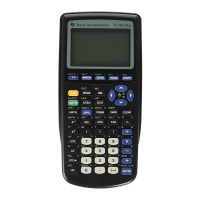
